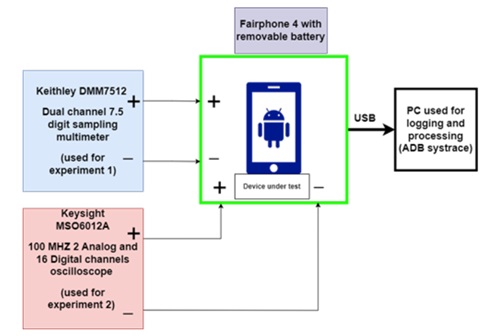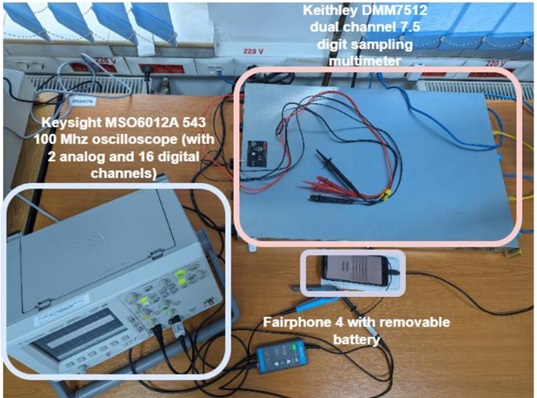The project is structured in four work packages:
- WP1. Management and dissemination.
- WP2. Experimental measurement campaign.
- WP3. Energy consumption models.
- WP4. Network intelligence solutions.
WP1 is divided in two tasks: T1.1 – Project Management and T1.2 – Data Management and Dissemination. During this first reporting period, the work related to task T1.1 was mainly dedicated to setting up a collaborative environment between the project partners. The following is a list of realized work relative to this task:
- The organization of an annual project workshop in Lyon, on 29 November 2022. All the partners were physically present for this event.
- A one-week research visit from three researchers from UPT to INSA Lyon in November 2022.
There were no major collaboration issues that required specific actions during the first reporting period.
In the second phase of the project the main objectives of WP1 is the organization of the second annual project workshop, in Timişoara, in December 2023 (14th-15th of December), and to foster more collaborations between the partners.
In the context of T1.2, the following actions can be listed:
- Establishment of the first version of the data management plan of the project.
- Preparing and publishing research papers with the outcomes of the project
- Establishment of the platform for data dissemination (http://dataverse.upt.ro/)
WP2 is divided in three tasks: T2.1 – RAN Energy Measurement; T2.2 – UE Energy Measurement; T2.3 – Network Intelligence Solutions Evaluation. In the context of T2.1, a radio access network testbed based on the srsRAN framework has been set up at INSA Lyon, and it is currently operational. This testbed is also equipped with the required hardware to conduct energy consumption measurements.
In task T2.2, the activities for preparing measurement campaigns have been planned at UPT. This involves analyzing scientific literature in the field, selecting the necessary equipment for conducting measurements, proposing a standard and a framework plan for carrying out the measurements. The issue encountered has been related to the identification and availability of the necessary measurement equipment (at the requested accuracy and sampling rates), the delivery times, and fitting within the available budget. The delays were not critical, and the procurement process was finalized with success by the end of last year. The testbed is currently ready to conduct experiments on the UE side, as shown in the figure below. In the second phase of the project, a set of mobile benchmark apps have been implemented and the setup for remote and automatic data collection have been implemented.

Task T2.3 is scheduled for the final year of the project, and any work related to it is yet to start.
WP3 is divided in three tasks as well: T3.1 – Models for Atomic Network Mechanisms; T3.2 – Models for General Scenarios; T3.3 – Web Interface for Scenario Exploration. Regarding T3.1, we began the work on this task by producing a list of atomic network functions to be experimentally evaluated in terms of energy consumption and modelled. In this first reporting period, we built models for the following network functions:
- the random access procedure used by a user equipment to connect to the radio access network;
- the radio resource control connection procedure;
- the control traffic transmitted by the user equipment while in the connected state;
- the data traffic transmitted by the user equipment.



WP4 consists of two tasks: T4.1 – Network Monitoring Solutions; and T4.2 – Network Adaptation Solutions. These tasks were initially scheduled for the second part of the project.